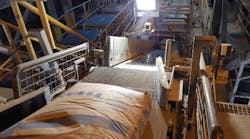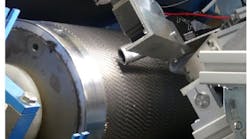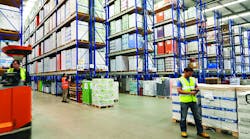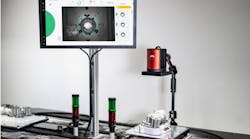In this Google Hangout video chat, Systematix Inc. Senior Vision & Controls Integrator Michal Goc talks with Senior Web Editor Jimmy Carroll about the inherent challenges of optical character recognition (OCR) and optical character verification (OCV) technologies, and how these can be overcome. Goc is our expert presenter on a live webcast that will take place on September 16.
Systemax Inc. is a Waterloo, Ontario-based company that builds turnkey factory automation systems for automotive, medical device, pharmaceutical, and electronics industries. Goc has been at the company for more than 13 years, having partnered with customers to find solutions for vision inspection, robot guidance, gauging, OCR/OCV, and DM reading. In addition to systems integration and building, Goc also helped developed a PC-based vision inspection system deployed on many multi-camera systems called MAVIX.
Watch The Webcast
Prior to offering some insight as to what people who register for the webcast can expect to learn about, Goc provides some information on a vision system that helps to find the port orientation of medical bags. In this system, medical bags wrapped in partially translucent plastic wrapping travel at high speeds on a conveyor belt. The task here was to find the outer bag position on the belt and the port orientation for the inner bag, and to have robots grab the bag for proper placement. For the outer bag position, a standard front-lighting technique was used, but in order to find port orientation through the plastic overwrap, this was a bit more of a challenge, explained Goc.
To accomplish this, shortwave collimated infrared light was used. The conveyor was split into two, creating a small gap between the conveyors, and the collimated IR back light was placed under the gap. Line scan cameras from Teledyne DALSA were used to look into the gap between the conveyors to collect images. Software from Teledyne DALSA was also used, but Goc describes a unique image stitching technique that was performed while double buffering in order to analyze images "on the fly."
Page 1 | Page 2








